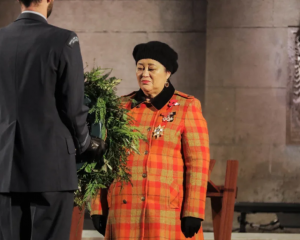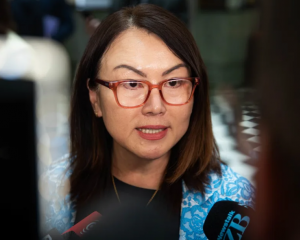More than a third of all Maori today are children, which could lead to a rise in racial intermarriage and other changes that could shape the country, a demographer says.
The Te Ao Marama report, published by Statistics New Zealand every two years, takes a Maori perspective on topics such as te reo, population, cultural vitality, health, income and the environment.
The report shows that 690,000 Maori make up 15 per cent of New Zealand's population -- and a third of them are under 15 years of age.
Massey University pro vice-chancellor Paul Spoonley said the fact Maori on average were much younger than Pakeha would likely present challenges for the education system and workforce.
"What I think many don't understand is what it means for labour supply because that under-15 population also comprises a larger proportion of the prime working-age population over the next decade."
He expects the Maori population to top 800,000 by 2026 -- about the same time the Asian population reaches parity with it -- and inter-marriage, possibly between both cultures, was likely.
"The question I'm not clear about is how will that play out in terms of Maori and Asian communities, but if the past is any guide then we will see a lot of interesting partnerships."
Waikato University demographer Tahu Kukutai said the Maori natural population increase -- or more births than deaths -- was greater than it was for Pakeha or Asians.
"But we don't have the option of replenishing our population with migrants so we have limits to growth," she said.
About half of all Maori adults partnered with non-Maori and there had been a long history of intermarriage although Maori retained their distinctive institutions and practices.
The Te Ao Marama statistics showed 257,500 Maori adults were able to speak more than a few words or phrases in te reo compared with 153,500 in 2001.
Life expectancy for Maori men at 72.77 years in 2012 and 76.49 for females
had also increased. The snapshot showed overall life satisfaction among Maori was high with 89 per cent saying they were happy.
But it found unemployment rates (12.8 per cent in 2013) that were more than double that of non-Maori (6.2 per cent in 2013).
Tertiary education participation was falling and Maori median weekly income ($486 in June 2013) continued to lag behind others on $575.
Maori Affairs Minister Pita Sharples this was "a major area of inequality between Maori and the rest of New Zealand".
He said the Government had invested into initiatives such as cadetships and apprenticeships and educational initiatives. "We need to be working on all fronts to turn these statistics around," he said.
- By James Ihaka of the New Zealand Herald












